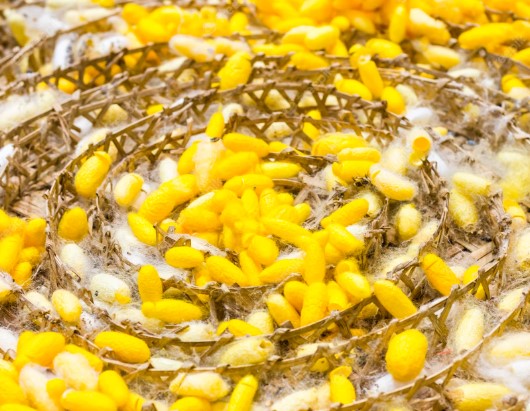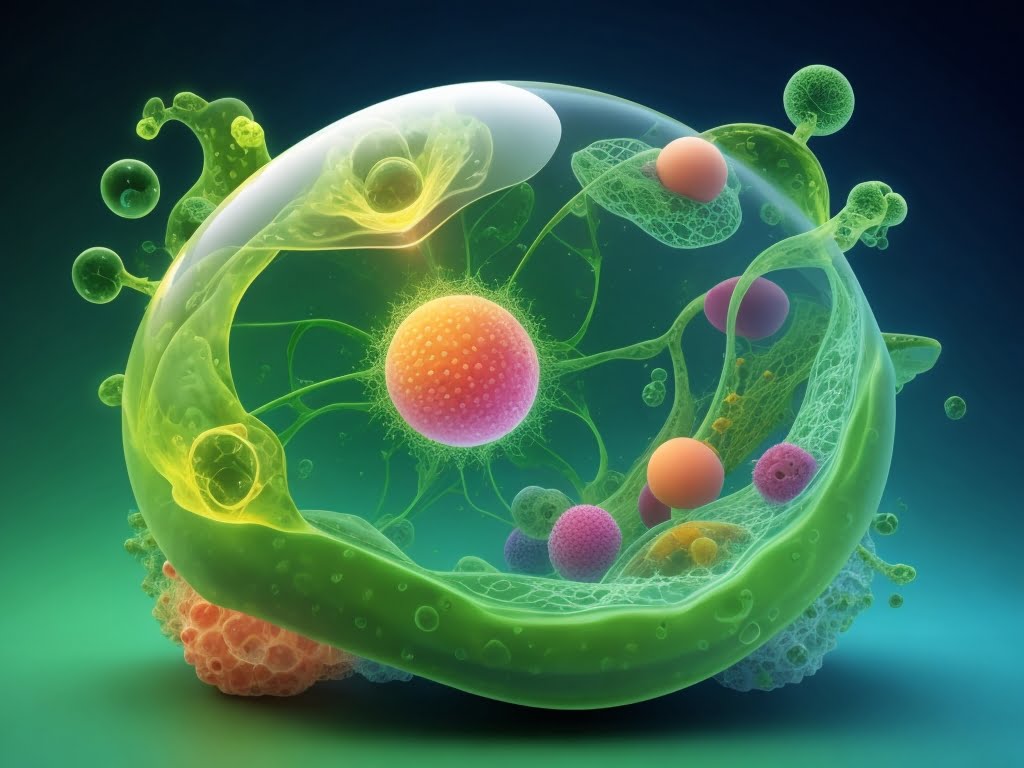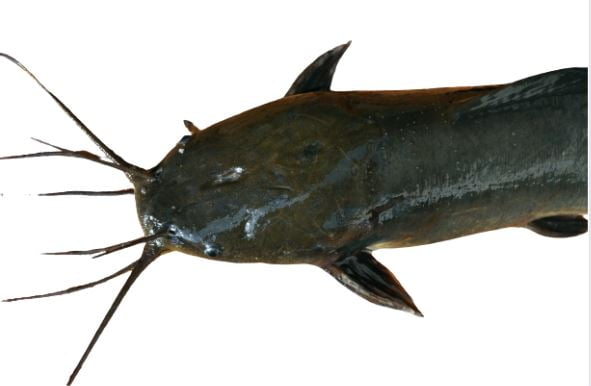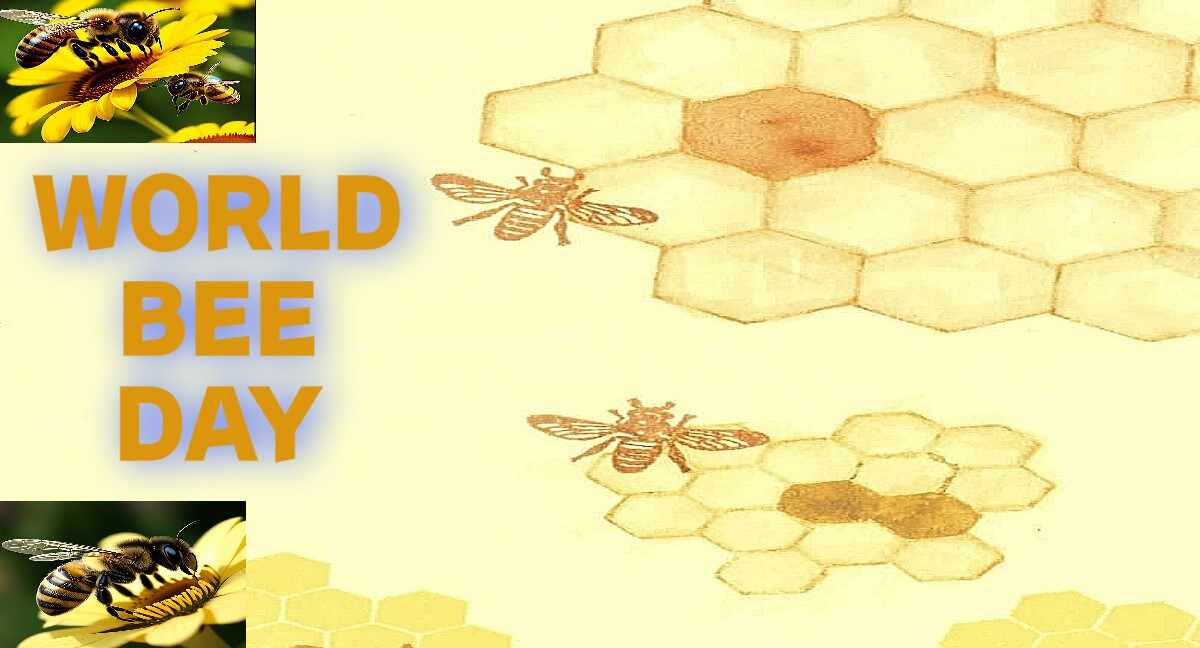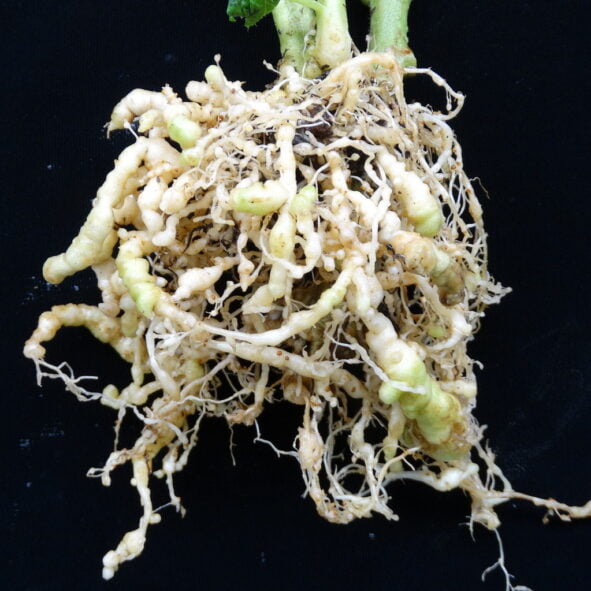Life Cycle of Laccifer lacca (Lac Insect): Laccifer lacca, commonly known as lac insect or lac bug, is an insect species that plays an important role in the production of lac, a resinous substance used in various applications such as dyes, varnishes, and shellac. The life cycle of Laccifer lacca goes through several stages viz- Egg, Larva, Pupa and adult stage which are live on host plants.
Life Cycle of Laccifer lacca:
Egg:
The life cycle of Laccifer lacca begins with the female lac insect laying eggs on the branches of the host trees, commonly the Indian lac tree (Kerria lacca) or other species of trees in the Ficus family. The eggs are small and oval-shaped, usually laid in clusters. The details as follows-
- The adult mature female after fertilization eggs are lays of about 200 to 500 in a cell in which she is enclosed.
- The oviposition takes place into the incubating chamber which is formed by the contraction of the body of female in forward direction inside the lac cell.
- The eggs are laid by female in the months of winter season i.e. October and November.
- After six weeks of laying, the eggs are hatched into first instar nymphs in the winter season of November and December months.
- When nymphs emerge they are in quite large number.
- The mass emergence of the nymphs is known as ‘Swarming’.
Larva:
The eggs hatch into small and mobile larvae called “crawlers.” These crawlers immediately move away from the egg cluster and disperse over the branches of the host tree. The crawlers are very tiny, often difficult to see with the naked eye. They have well-developed legs and are able to crawl and settle on suitable sites on the branches. The detail Characteristic as follows
- It is red in coloured and boat shaped.
- The head consist of a paired of antennae, ocelli and ventrally situated mouth-parts.
- The mouth-parts is the piercing and sucking type and it are provided with proboscis.
- A well developed segmented body consisting of head, thorax and abdomen.
- Thorax contains two pairs of spiracles and only one pair of walking legs.
- The abdomen contains two pairs of legs and terminates into a pair of long caudal setae.
Settled Larva:
Once the crawlers find suitable sites on the branches, they attach themselves firmly and secrete a waxy substance, forming a protective covering called a “lac shell” around their bodies. This shell is formed by the excretion of lac pigment from specialized glands in the larva. The lac shell provides protection and becomes the primary source of lac resin. ‘LAC CULTURE : Life Cycle of Laccifer lacca’
Nymph:
Inside the lac shell, the larva molts several times, growing in size. With each molt, the larva passes through nymphal stages. The nymphs are non-mobile and remain attached to the lac shell, feeding on sap from the host tree and continuing to secrete lac pigment.
Adult:
After completing several nymphal stages, the lac insect molts into the adult stage. The adult female lac insect is wingless and immobile, remaining attached to the lac shell. The adult male lac insects are tiny and short-lived, and their sole purpose is to mate with the female. Once mating occurs, the male lac insect dies.
Reproduction:
The adult female continues to feed on the sap of the host tree and produces large quantities of eggs within her body. The female remains attached to the lac shell until she dies. Upon her death, the lac shell hardens and becomes a resinous substance known as “sticklac.” This sticklac is harvested and processed to obtain lac resin. ‘LAC CULTURE : Life Cycle of Laccifer lacca’
The life cycle of Laccifer lacca typically takes several months to complete, and environmental factors such as temperature and humidity can influence the duration of each stage. The harvested lac resin has various commercial applications and is widely used in industries such as woodworking, food, cosmetics, and pharmaceuticals.
Life Process:
- The active nymphs can crawl to a considerable distance
- Just after emergence they start moving in search of food and reach to their host plants.
- The young nymphs are unable to settle and feed on hard twigs because preferably on the young and succulent shoots. ‘LAC CULTURE : Life Cycle of Laccifer lacca’
- These nymphs settle very close to each other on the twig of the host plant which further collapses completely and forms a continuous covering even on the lower surface of the twig.
- The number of nymphs that settle per square inch area is about 150 to 200.
- Settled nymphs suck the sap from the twig of the host plant and start to secrete the resinous substance by special dermal glands which are located all over the body.
- As the resinous secretion comes in contact with air, it soon becomes hard and forms a coating over the body of nymph and it is called as ‘CELL’.
- Within this cell various life processes like growth of the nymph, morphological changes and lac secretion take place.
- The male ‘Cell’ is elongated and cigar-shaped having two holes i.e., anterior and posterior.
- From the posterior hole which is covered by a flap or operculum, the male insect comes out by pushing open the operculum.
- After six to eight weeks of stationary life the nymphs are metamorphosed as a result of which some (30%) active winged males and maximum (70%) emerge in the form of females which are wingless.
- The females get fixed on the host plant in resinous mass.
- The males walk over the encrustations of females and fertilize them within their oval cells through anal opening.
- The males leave the parent cell after fertilizing the female.
- One male is capable to fertilize many females.
- The female nymph once settled never moves but undergoes 3 molts inside her cell loosing its eyes and legs, and with rudimentary antennae only.
- The fertilization of female is followed by a rapid growth of the female body till it begins to lay eggs in October and November.
- From these eggs male and female emerge in February to March.
- The male fertilizes the females of this generation and the fertilized female lays eggs in months of June to July and dies secreting lac all the time.
Thus, the life cycle repeated as twice in one year on the same host plant. Due to short life period males do not take major part in the secretion of lac but female secretes lac throughout her life and its life span is longer than males. Major quantity of lac is secreted from females. The life cycle period depends mainly on ecological or climatic factors of the region.

